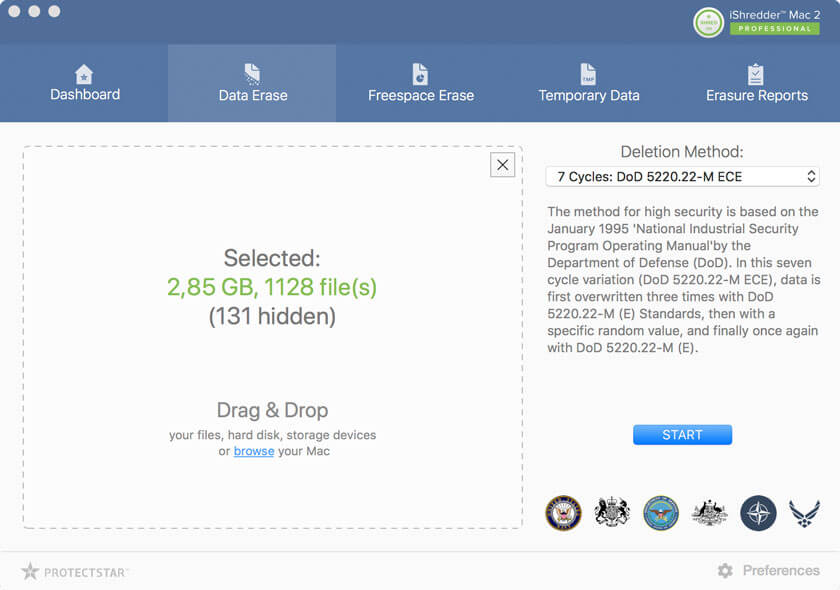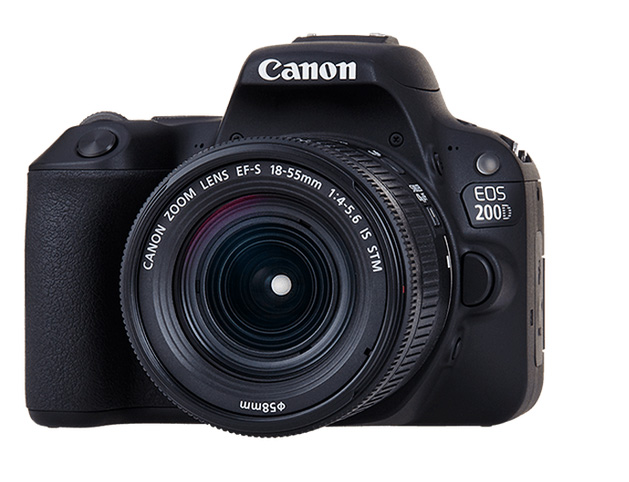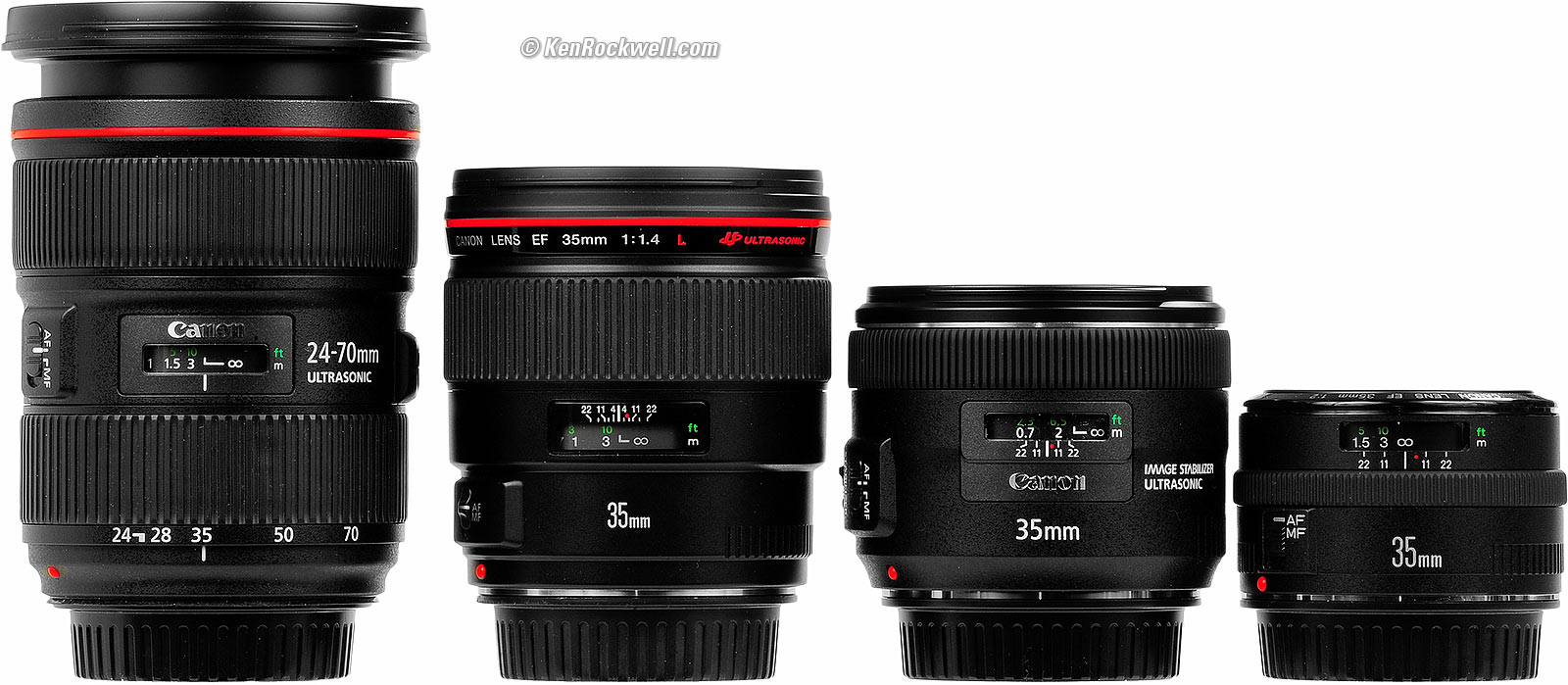- Beginner's Guide to Canon's Digital Photo Professional 4 FIFTH EDITION. Click on the cover for a 20-page preview. Your EOS camera comes with the option to shoot different files types – RAW and JPEG. RAW files have to be processed and Canon provides a powerful software tool in the box with your.
- Have a look at the manual Canon Dpp 4 Manual online for free. It's possible to download the document as PDF or print. UserManuals.tech offer 1335 Canon manuals and user's guides for free. Share the user manual or guide on Facebook, Twitter or Google+. 3Sorting Images1 2 4 5 Introduction Contents Downloading Images Viewing Images Printing ImagesEditing Images Referenc.
Canon's Digital Photo Professional (DPP) 4 is a free software application that allows users to process, edit, enhance, organize and analyze their RAW image files. See how this powerful tool gives users the opportunity to create impactful images.
Why use Digital Photo Professional?
Getting the best results from your EOS camera doesn't have to mean spending extra money on software. There's a very capable program you get for nothing when you buy your camera – your only investment is a little time to get to know it. Here's why you should use Canon's own RAW image processor Digital Photo Professional (DPP).

When searching around for your current EOS camera or latest lens purchase, you might have spent some time looking to save a few pounds. And included with your EOS camera is an excellent bit of free software from Canon, called Digital Photo Professional (DPP).
You could now go and put that money you saved towards some new image processing software – after all, the Canon software is free and can't be all that good. Can it?
Think again – DPP has been designed to work seamlessly with your Canon EOS camera and is the only software capable of utilising your camera's sophisticated built-in features – like Auto Lighting Optimizer and Picture Styles – to enhance your images. We recommend that you give it a go.
Shooting JPEGs
If you shoot JPEG images you are assured of the best quality from your EOS camera. Why? Because your camera contains sophisticated image processing software that will process the image in-camera and output high quality images – providing of course you get the exposure and a few other basic settings correct at the time of shooting.
In fact, much of the in-camera processing is replicated in Digital Photo Professional.
Shooting RAW
If you shoot RAW the process is different. The camera saves the RAW image file without applying any corrections, but instead saves the settings you have chosen as data within the image file. These settings are then applied automatically when the RAW conversion is done, but only if using DPP.

Canon Digital Professional 4 Manual Machine
If you use third party software, there is an option to process the RAW file using the camera settings. However, the software can only apply generic settings. Much of the data saved with the file are algorithms that are patented by Canon. No great surprise there, after all Coca Cola is patented – you cannot make the same recipe – and other brands simply do not taste the same. So why, when it comes to camera algorithms, would you assume that you'd get the same result with a third-party brand imitating what the original does?
The DPP difference
Here are five key settings and Canon features which will be stripped out or substituted with generic processes by third party RAW converters. The images below were all opened as RAW files in Adobe's Photoshop and Canon's Digital Photo Professional and converted to JPEG, with no corrections done.
1 | PICTURE STYLE
Picture Style settings affect the saturation, contrast, colour tone and sharpness of the image. With this daffodil image, the colours are clearly richer and slightly more saturated when the RAW image is opened in DPP.
It will also match perfectly what you saw on the back of your camera if you checked it after shooting, as Canon uses the Picture Style information to produce your in-camera image for playback. Whilst this is true of all the settings given here, the Picture Style is the most relevant in many ways, because of the sharpening and other file processing options that take place under the hood.
This is more noticeable if shooting with the Monochrome Picture Style as the RAW image file will be returned to colour by non-Canon software.
2 | WHITE BALANCE
When it comes to white balance – namely the colour temperature of the image – the in-camera setting is often replaced by a generic white balance. This can cause the image to show significant colour changes in certain situations.
3 | HIGH ISO NOISE REDUCTION
This feature is actually relevant at all ISO settings. Noise can show up much more as it's not Canon's noise reduction being used. (Images are enlarged sections of an image.) Whilst this one is hard to show with such small images, if you look at certain areas of this pub sign, such as the gradation on the blue areas and the white underside of the bell, you can see that these are much smoother with the noise reduction applied.
4 | AUTO LIGHTING OPTIMIZER (ALO)
Auto Lighting Optimizer is a camera setting which prevents backlit or sidelit portraits from going too dark, and works with ambient as well as flash light. This Canon-developed feature gets stripped out by third-party software, as demonstrated by the two images above. The difference here is stark.
5 | LENS ABERRATION CORRECTIONS
Your EOS camera will automatically correct for common lens aberrations if you use Canon lenses. These corrections are applied automatically to JPEG images but they will only be used on RAW files by Canon's DPP software. In third party software, they are discarded.
The example shown above is Peripheral illumination correction, but on the latest models there are additional corrections applied automatically – Chromatic aberration correction and Diffusion correction. A further setting – Distortion correction – can also be turned on within the camera.
Can't I do this in other software?
Now of course, all these settings and their effect on the image can be replicated in other RAW converter software, but you have to make the corrections manually. And that takes time, regardless of how proficient you may be. Ask yourself, could that time be better spent elsewhere?
Open the images in DPP and those corrections are done for you. And, just as usefully, those settings can be undone, or altered as needed. Did you have the wrong white balance set when shooting? No problem – just change the white balance setting in DPP and it's instantly put right.
So why use DPP 4? Well the images speak for themselves, and out of preference here at EOS magazine we would rather have the camera and computer doing all the work rather than spending hours correcting substitute settings added by non-Canon RAW converters.
Of course, the ultimate aim is to get the image right in-camera. That way, we can spend more time out with our Canon EOS camera!
Canon Digital Professional 4 Manual Mac Os
At EOS magazine, we know what we're talking about...
Since 1993 we've written exclusively about the Canon EOS system. We know it inside out. And love it, too.
In every issue of EOS magazine, you will get tailored, up-to-date information so you can get more from your EOS camera. You will find out about different camera features, learn how to use them and when not to use them. If your camera doesn't have that feature, we'll suggest alternative ways to do it. You'll learn new techniques and how to achieve them with your EOS camera – which settings to use, where to find them and how to set them.
No other camera magazine goes into this much detail.
EOS magazine covers every Canon EOS digital camera ever made, whether you own the first DSLR or the latest mirrorless model.
And every issue contains relevant, reliable information so you can get more from your camera. You're guaranteed a relevant read each issue, every time.
Further reading
You may also like
by Nina Bailey
£9.95


When searching around for your current EOS camera or latest lens purchase, you might have spent some time looking to save a few pounds. And included with your EOS camera is an excellent bit of free software from Canon, called Digital Photo Professional (DPP).
You could now go and put that money you saved towards some new image processing software – after all, the Canon software is free and can't be all that good. Can it?
Think again – DPP has been designed to work seamlessly with your Canon EOS camera and is the only software capable of utilising your camera's sophisticated built-in features – like Auto Lighting Optimizer and Picture Styles – to enhance your images. We recommend that you give it a go.
Shooting JPEGs
If you shoot JPEG images you are assured of the best quality from your EOS camera. Why? Because your camera contains sophisticated image processing software that will process the image in-camera and output high quality images – providing of course you get the exposure and a few other basic settings correct at the time of shooting.
In fact, much of the in-camera processing is replicated in Digital Photo Professional.
Shooting RAW
If you shoot RAW the process is different. The camera saves the RAW image file without applying any corrections, but instead saves the settings you have chosen as data within the image file. These settings are then applied automatically when the RAW conversion is done, but only if using DPP.
Canon Digital Professional 4 Manual Machine
If you use third party software, there is an option to process the RAW file using the camera settings. However, the software can only apply generic settings. Much of the data saved with the file are algorithms that are patented by Canon. No great surprise there, after all Coca Cola is patented – you cannot make the same recipe – and other brands simply do not taste the same. So why, when it comes to camera algorithms, would you assume that you'd get the same result with a third-party brand imitating what the original does?
The DPP difference
Here are five key settings and Canon features which will be stripped out or substituted with generic processes by third party RAW converters. The images below were all opened as RAW files in Adobe's Photoshop and Canon's Digital Photo Professional and converted to JPEG, with no corrections done.
1 | PICTURE STYLE
Picture Style settings affect the saturation, contrast, colour tone and sharpness of the image. With this daffodil image, the colours are clearly richer and slightly more saturated when the RAW image is opened in DPP.
It will also match perfectly what you saw on the back of your camera if you checked it after shooting, as Canon uses the Picture Style information to produce your in-camera image for playback. Whilst this is true of all the settings given here, the Picture Style is the most relevant in many ways, because of the sharpening and other file processing options that take place under the hood.
This is more noticeable if shooting with the Monochrome Picture Style as the RAW image file will be returned to colour by non-Canon software.
2 | WHITE BALANCE
When it comes to white balance – namely the colour temperature of the image – the in-camera setting is often replaced by a generic white balance. This can cause the image to show significant colour changes in certain situations.
3 | HIGH ISO NOISE REDUCTION
This feature is actually relevant at all ISO settings. Noise can show up much more as it's not Canon's noise reduction being used. (Images are enlarged sections of an image.) Whilst this one is hard to show with such small images, if you look at certain areas of this pub sign, such as the gradation on the blue areas and the white underside of the bell, you can see that these are much smoother with the noise reduction applied.
4 | AUTO LIGHTING OPTIMIZER (ALO)
Auto Lighting Optimizer is a camera setting which prevents backlit or sidelit portraits from going too dark, and works with ambient as well as flash light. This Canon-developed feature gets stripped out by third-party software, as demonstrated by the two images above. The difference here is stark.
5 | LENS ABERRATION CORRECTIONS
Your EOS camera will automatically correct for common lens aberrations if you use Canon lenses. These corrections are applied automatically to JPEG images but they will only be used on RAW files by Canon's DPP software. In third party software, they are discarded.
The example shown above is Peripheral illumination correction, but on the latest models there are additional corrections applied automatically – Chromatic aberration correction and Diffusion correction. A further setting – Distortion correction – can also be turned on within the camera.
Can't I do this in other software?
Now of course, all these settings and their effect on the image can be replicated in other RAW converter software, but you have to make the corrections manually. And that takes time, regardless of how proficient you may be. Ask yourself, could that time be better spent elsewhere?
Open the images in DPP and those corrections are done for you. And, just as usefully, those settings can be undone, or altered as needed. Did you have the wrong white balance set when shooting? No problem – just change the white balance setting in DPP and it's instantly put right.
So why use DPP 4? Well the images speak for themselves, and out of preference here at EOS magazine we would rather have the camera and computer doing all the work rather than spending hours correcting substitute settings added by non-Canon RAW converters.
Of course, the ultimate aim is to get the image right in-camera. That way, we can spend more time out with our Canon EOS camera!
Canon Digital Professional 4 Manual Mac Os
At EOS magazine, we know what we're talking about...
Since 1993 we've written exclusively about the Canon EOS system. We know it inside out. And love it, too.
In every issue of EOS magazine, you will get tailored, up-to-date information so you can get more from your EOS camera. You will find out about different camera features, learn how to use them and when not to use them. If your camera doesn't have that feature, we'll suggest alternative ways to do it. You'll learn new techniques and how to achieve them with your EOS camera – which settings to use, where to find them and how to set them.
No other camera magazine goes into this much detail.
EOS magazine covers every Canon EOS digital camera ever made, whether you own the first DSLR or the latest mirrorless model.
And every issue contains relevant, reliable information so you can get more from your camera. You're guaranteed a relevant read each issue, every time.
Further reading
You may also like
by Nina Bailey
£9.95
Try the app
Get a seven-day free trial of EOS magazine with the dedicated apps for iOS, Android and Kindle
Search on your app store for EOS magazine
